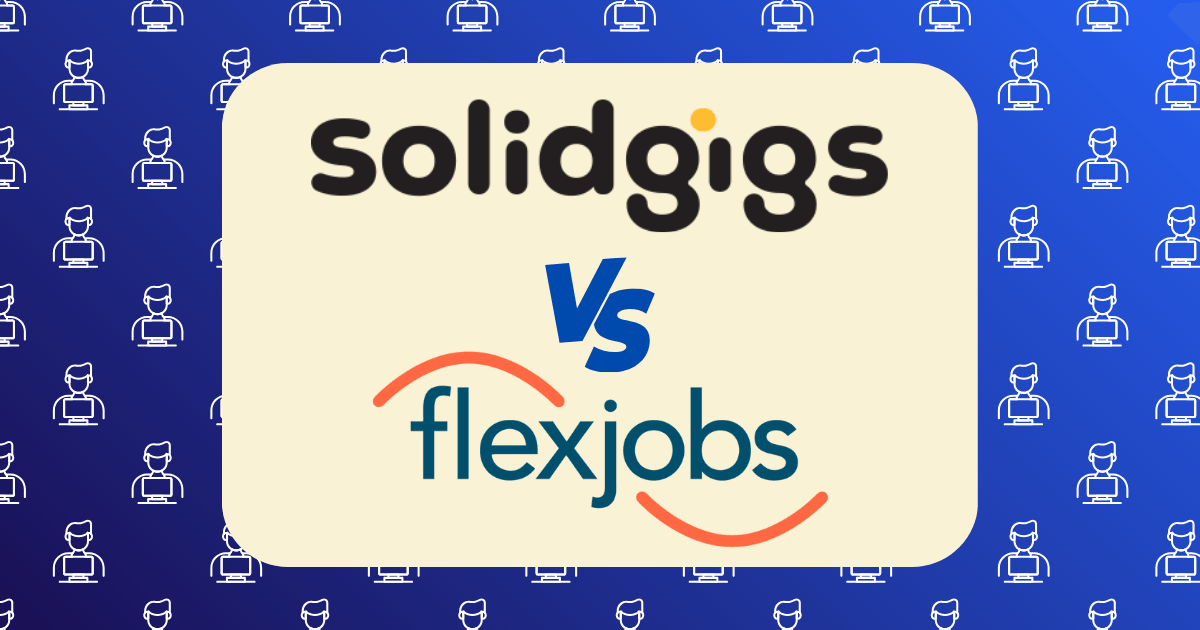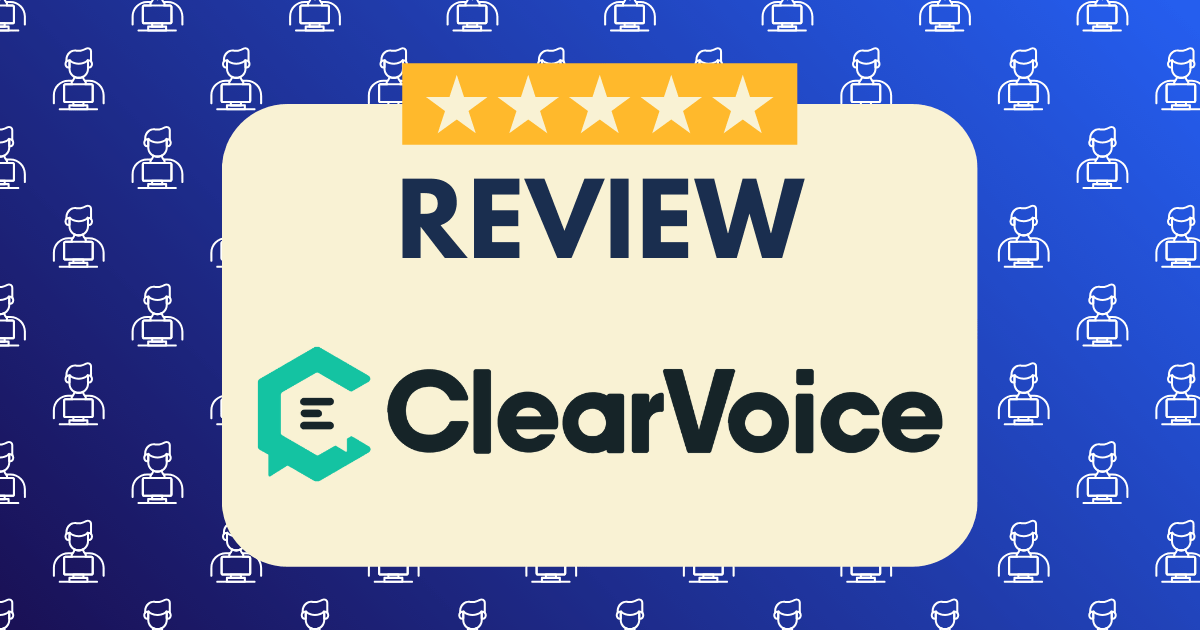The Hidden Remote Job Boards That Actually Pay Well (And How to Get Noticed)

The remote work revolution has permanently transformed the employment landscape, with 15% of new positions in 2025 being fully remote and another 23% offering hybrid arrangements. Yet a critical insight remains overlooked by most job seekers: the most lucrative remote opportunities rarely appear on mainstream job boards. This comprehensive guide reveals the hidden platforms where high-paying remote positions actually exist and the psychological principles that will dramatically increase your chances of securing them.
The Psychology of the Hidden Job Market
Before diving into specific platforms, it’s essential to understand the psychological dynamics that shape the remote hiring landscape. Research from the Society for Human Resource Management reveals that up to 70% of remote positions are filled through networking or specialized channels before ever reaching mainstream job boards.
This “hidden job market” exists due to three primary psychological factors:
1. The Attention Economy Problem
Hiring managers face a fundamental dilemma: posting remote positions on major platforms like LinkedIn or Indeed typically generates hundreds—sometimes thousands—of applications, creating an overwhelming review burden. This leads to a counterintuitive behavior where the most desirable employers deliberately limit job visibility to reduce application volume.
2. The Trust Asymmetry Challenge
Remote work creates unique trust requirements not present in traditional employment. Employers must have confidence in a candidate’s self-management capabilities without direct supervision. This creates a preference for candidates who come through trusted channels rather than anonymous applications.
3. The Signal-to-Noise Ratio
High-quality remote positions require efficient ways to filter for qualified candidates. Specialized platforms and communities serve as natural pre-screening mechanisms, attracting candidates with specific skills and remote work experience.
Understanding these psychological dynamics explains why simply scanning LinkedIn for “remote” tags is an ineffective strategy for finding premium opportunities. Instead, successful remote job seekers must tap into the specialized ecosystems where these positions actually circulate.
Tier 1: Premium Remote Job Platforms
These specialized platforms feature high-quality remote positions with above-market compensation, often requiring subscription fees that serve as an initial quality filter.
FlexJobs
Key Differentiator: Every listing is manually vetted by their research team, eliminating scams and low-quality opportunities.
Salary Range: Recent listings include positions paying $120,000-$250,000 annually.
Notable Recent Opportunities:
- Senior Application Programmer | $122,000-$146,000/year
- Task Lead – IT Acquisition Specialist | $150,000-$170,000/year
- Director of Marketing | $140,000-$180,000/year
Access Strategy: The $14.95 monthly subscription fee deters casual browsers, but provides access to positions not found elsewhere. Use the 30% discount code “HIDDEN” for your first month.
Psychological Insight: FlexJobs’ business model aligns with serious job seekers—both the platform and its users are financially invested in successful outcomes.
Himalayas
Key Differentiator: Focuses exclusively on remote roles with transparent compensation at technology-forward companies.
Salary Range: Positions typically range from $90,000-$220,000 annually.
Notable Recent Opportunities:
- Senior Product Designer at Stripe | $153,000-$217,000/year
- Senior Software Engineer at Shopify | $135,000-$195,000/year
- Head of Growth at Webflow | $180,000-$220,000/year
Access Strategy: While free to browse, their premium tier ($19/month) provides earlier access to new listings and personalized job alerts.
Psychological Insight: Himalayas’ focus on salary transparency attracts employers comfortable paying competitive rates and candidates who value direct communication.
Arc
Key Differentiator: Specialized in remote developer and tech roles with a rigorous vetting process for both companies and candidates.
Salary Range: Technical positions ranging from $120,000-$250,000 annually.
Notable Recent Opportunities:
- Senior Product Manager at Kepler Commerce | $120,000-$180,000/year
- Full Stack Engineer at Echo | $150,000-$180,000/year
- Engineering Manager at Shopify | $175,000-$225,000/year
Access Strategy: Create a developer profile and complete their technical assessment to gain access to their exclusive job marketplace.
Psychological Insight: Arc’s pre-qualification process creates a premium talent pool that attracts employers willing to pay for quality rather than seeking budget options.
Tier 2: Industry-Specific Remote Boards
These platforms focus on particular industries or roles, creating natural alignment between specialized talent and employers willing to pay premium rates.
Remotists
Key Differentiator: Specializes in marketing, design, and content creation remote roles at technology companies.
Salary Range: Positions typically range from $85,000-$180,000 annually.
Notable Recent Opportunities:
- Content Marketing Lead at Webflow | $130,000-$160,000/year
- Senior Product Marketing Manager at Airtable | $145,000-$175,000/year
- Growth Marketing Manager at Notion | $120,000-$150,000/year
Access Strategy: Join their Slack community ($10/month) for early access to positions before they appear on the public board.
Psychological Insight: Industry-specific platforms attract hiring managers looking for candidates who already understand their business context, justifying higher compensation.
RemoteML
Key Differentiator: Exclusively focused on machine learning, AI, and data science remote positions.
Salary Range: Technical AI roles ranging from $120,000-$300,000 annually.
Notable Recent Opportunities:
- Senior Machine Learning Engineer at OpenAI | $180,000-$250,000/year
- AI Research Scientist at Anthropic | $200,000-$300,000/year
- Data Science Lead at Stability AI | $160,000-$220,000/year
Access Strategy: Free to browse, but their premium newsletter ($15/month) provides early access to roles and salary insights.
Psychological Insight: Highly specialized technical boards attract employers competing for scarce talent, driving compensation significantly higher than market averages.
Dynamite Jobs
Key Differentiator: Focuses on remote roles at established remote-first companies and startups with distributed teams.
Salary Range: Positions typically range from $70,000-$180,000 annually.
Notable Recent Opportunities:
- Head of Operations at ConvertKit | $140,000-$180,000/year
- Senior Product Designer at Zapier | $120,000-$160,000/year
- Director of Marketing at Buffer | $130,000-$170,000/year
Access Strategy: Their free tier provides basic access, while their premium membership ($29/month) offers application prioritization and direct introductions to hiring managers.
Psychological Insight: Dynamite Jobs’ focus on remote-first companies attracts employers who have already solved remote work challenges and can focus on finding the best talent regardless of location.
Tier 3: Hidden Talent Communities
These member-only communities often share remote opportunities through internal channels before they reach public job boards.
Compound
Key Differentiator: A vetted community of tech professionals with an active internal job board featuring positions from member companies.
Salary Range: Roles typically range from $100,000-$250,000 annually.
Notable Recent Opportunities:
- VP of Engineering at Series B Fintech | $200,000-$250,000/year
- Chief of Staff at AI Startup | $150,000-$180,000/year
- Head of Product at Remote-First SaaS | $170,000-$210,000/year
Access Strategy: Apply for membership (free) but requires professional vetting. Alternatively, secure an invitation from a current member.
Psychological Insight: Closed communities leverage social proof and pre-vetting to create trusted talent networks, where hiring managers feel comfortable sharing premium opportunities.
On Deck
Key Differentiator: Fellowship programs for various professional tracks with an internal talent marketplace for member companies.
Salary Range: Executive and senior positions ranging from $150,000-$300,000+ annually.
Notable Recent Opportunities:
- Chief Marketing Officer at Funded Startup | $200,000-$250,000/year + equity
- Head of Revenue at Series A Company | $180,000-$220,000/year + equity
- VP Product at Growth-Stage Startup | $190,000-$230,000/year + equity
Access Strategy: Apply to one of their fellowship programs ($2,990 fee) to gain access to their talent network and job opportunities.
Psychological Insight: Premium communities with significant entry barriers attract both serious candidates and employers willing to pay for access to pre-vetted talent.
Elpha
Key Differentiator: A professional community for women in tech with an active job board featuring remote positions at progressive companies.
Salary Range: Positions typically range from $90,000-$200,000 annually.
Notable Recent Opportunities:
- Engineering Manager at Figma | $180,000-$220,000/year
- Director of Product at Gusto | $170,000-$210,000/year
- Head of Marketing at Calm | $160,000-$200,000/year
Access Strategy: Apply for membership (free for women in tech) and actively participate in community discussions.
Psychological Insight: Identity-focused communities create trust networks where employers committed to diversity share premium opportunities before wider distribution.
The Unadvertised Opportunity Strategy
Beyond specific platforms, a significant portion of premium remote positions are never formally advertised. These opportunities can be accessed through strategic networking and direct outreach.
1. The Company Target Approach
Rather than searching for open positions, identify companies with these characteristics:
- Remote-First Culture: Companies like GitLab, Zapier, and Automattic have fully embraced remote work
- Recent Funding: Startups that recently raised Series A or B funding are often in growth mode
- Geographic Arbitrage Potential: Companies based in high-cost locations (SF, NYC, London) often pay premium rates for remote talent
Implementation Strategy:
- Create a target list of 25-30 companies matching these criteria
- Research their leadership team and department heads on LinkedIn
- Develop a value proposition specific to each company
- Implement the outreach framework below
2. The Strategic Outreach Framework
Direct outreach can uncover opportunities before they’re publicly posted when executed correctly. This framework has a 15-20% response rate for senior roles:
Psychological Insight: This approach positions you as a peer seeking professional exchange rather than an applicant seeking employment, significantly increasing response rates from senior leaders.
Application Psychology: Getting Noticed in Remote Applications
When applying through formal channels, understanding the psychological factors that influence remote hiring decisions can dramatically increase your success rate.
1. The Remote Trust Framework
Remote employers have heightened concerns about reliability and self-management. Address these directly with:
- Evidence of Remote Success: Highlight specific accomplishments achieved while working remotely
- Communication Protocols: Describe your approach to remote communication and collaboration
- Results Documentation: Emphasize your system for tracking and reporting progress without supervision
- Time Management: Detail your approach to maintaining productivity and boundaries in a remote environment
Application Implementation: Create a specific “Remote Work Approach” section in your cover letter addressing these four dimensions with concrete examples.
2. The Value Demonstration Strategy
Generic applications disappear in remote hiring processes. Instead, demonstrate immediate value:
- Mini-Project Approach: Complete a small, relevant project demonstrating your capabilities
- Problem-Solution Framework: Identify a specific challenge the company faces and outline your approach
- Portfolio Alignment: Create or modify a portfolio piece specifically relevant to the role
Example Implementation: For a remote marketing position, create a brief audit of the company’s current marketing approach with 2-3 specific, actionable recommendations. Include this with your application as a “Sample Marketing Analysis.”
3. The Differentiation Technique
Remote positions often receive hundreds of applications. Create psychological differentiation through:
- Pattern Interruption: Use an unexpected format or approach that stands out
- Specific Commitment: Make a concrete, measurable promise about what you’ll achieve
- Social Proof Alignment: Reference specific people, publications, or organizations connected to the company
Example Implementation: Rather than a traditional cover letter, create a “30-60-90 Day Plan” outlining specific actions and outcomes you’ll deliver in your first three months. This demonstrates both capability and commitment.
Compensation Negotiation for Remote Roles
Remote compensation structures often differ from traditional roles, creating both challenges and opportunities in negotiation.
1. Geographic Arbitrage Understanding
Many companies set remote salaries based on:
- Tiers: Broad geographic categories (e.g., Tier 1: SF/NYC, Tier 2: Major Cities, Tier 3: Everywhere else)
- Location Adjustment: A base salary with percentage adjustments for location
- National Average: A standardized rate regardless of location
Negotiation Strategy: Research the company’s approach before discussing compensation. For location-adjusted models, emphasize the cost of talent (your market value) rather than the cost of living (your location).
2. The Total Compensation Framework
Remote roles often feature different compensation components. Evaluate and negotiate the complete package:
- Base Salary: The foundation of your compensation
- Equity: Particularly valuable in growth-stage companies
- Performance Bonuses: Often higher in remote roles to ensure accountability
- Stipends: Home office, internet, coworking allowances
- Learning Budget: Professional development allocations
- Time Autonomy: Flexibility has quantifiable value
Negotiation Strategy: Create a “Total Compensation Comparison” spreadsheet that quantifies each element, allowing you to compare offers holistically rather than focusing solely on base salary.
3. The Value-Based Negotiation Approach
Remote roles create unique opportunities for value-based rather than market-based negotiation:
- ROI Framing: Connect your compensation request to specific business outcomes
- Risk Reversal: Offer performance-based components that reduce employer risk
- Competitive Differentiation: Highlight specialized skills that are scarce in the remote market
Example Script: “Based on my experience delivering [specific result] at [previous company], I’m confident I can achieve similar outcomes here. I’m requesting a base salary of [$X] with a performance bonus tied to [specific metric], ensuring alignment between my compensation and the value I create.”
The Remote Career Acceleration Path
Securing your first premium remote role is just the beginning. Strategic career management can accelerate your earning trajectory.
1. The Remote Skill Stack
Develop these high-value skills that command premium compensation in remote environments:
- Asynchronous Communication: The ability to convey complex information clearly in writing
- Project Management: Self-directed organization and execution of complex initiatives
- Data Storytelling: Communicating insights and results through compelling data visualization
- Cross-Cultural Collaboration: Working effectively across time zones and cultural contexts
- Autonomous Problem-Solving: Resolving challenges without immediate managerial input
Implementation Strategy: Create a deliberate development plan for these skills, documenting your progress for future job applications and promotion discussions.
2. The Visibility Strategy
Remote workers must intentionally create visibility for their contributions:
- Work Documentation: Create detailed records of your projects and accomplishments
- Internal Publishing: Share insights and learnings through company knowledge bases
- Cross-Functional Collaboration: Intentionally work with teams outside your immediate department
- Result Quantification: Translate all achievements into measurable business outcomes
Implementation Tool: Maintain a “Remote Work Portfolio” documenting specific projects, challenges overcome, and measurable results achieved.
3. The Remote Network Compound Effect
Your professional network becomes even more valuable in remote contexts:
- Virtual Communities: Join industry-specific Slack groups and online communities
- Remote Conferences: Participate in virtual events focused on your industry
- Content Creation: Share insights through articles, videos, or podcasts
- Mentorship Connections: Establish relationships with senior remote professionals
Strategic Approach: Dedicate 2-3 hours weekly to deliberate network development, focusing on quality relationships rather than quantity of connections.
Conclusion: The Remote Opportunity Landscape
The remote job market has stratified into distinct tiers, with premium opportunities increasingly concentrated in specialized platforms and hidden networks. By understanding the psychology of remote hiring, strategically positioning yourself, and accessing these hidden channels, you can secure remote roles that offer both exceptional compensation and lifestyle flexibility.
The most important insight for ambitious professionals is recognizing that remote work hasn’t just changed where we work—it has fundamentally transformed how careers develop and how value is recognized. Those who master the new rules of this environment can access opportunities previously limited by geographic constraints, creating unprecedented career leverage.
Your journey to premium remote work begins not with submitting applications, but with strategic positioning in the ecosystems where these opportunities actually circulate. The platforms and strategies outlined in this guide provide your roadmap to accessing this hidden landscape of remote opportunity.







